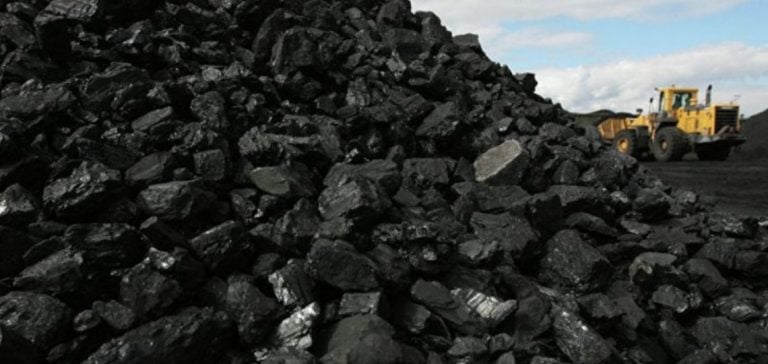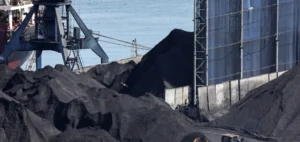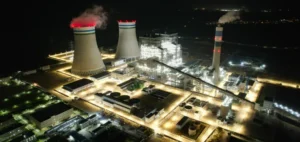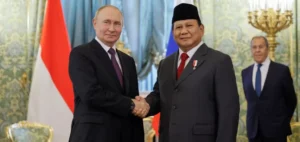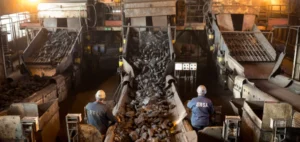The resumption of trade relations between China and Australia has led to a significant increase in Chinese imports of Australian coal, particularly for the 5,500 kcal/kg NAR grades. Since China lifted its unofficial trade ban earlier in 2023, Australian producers, primarily based in the Hunter Valley region, have adjusted their production process to meet this growing demand.
The 5,500 kcal/kg NAR coal, often left untreated to preserve its volume, has become a preferred alternative for Chinese power plants. Coal treatment, which removes impurities such as ash, is a common practice to improve product quality. However, in response to China’s increasing demand, Australian producers have reduced this step to supply lower-quality coal at competitive prices.
Revived trade between China and Australia
China, once banned from trading with Australia following political tensions in 2020, has seen its trade restored with the country in 2023. This recovery has been marked by an increase in Australian coal imports, playing a key role in meeting southern China’s energy needs. The distance between Chinese supply centers and the absence of direct rail links between the north and south of the country have reinforced this dependence on imported coal.
Australian producers have secured long-term contracts with Chinese buyers, ensuring a steady flow of 5,500 kcal/kg NAR coal for the coming months. This allows China to stabilize its prices on the spot market while maintaining sufficient stockpiles in state-run power plants, which currently hold more than 200 million tonnes of coal.
South Korean market declines for higher grades
Unlike China, South Korean demand for higher-quality Australian coal (6,000 kcal/kg NAR) has slowed. South Korean power plants, particularly state-owned ones, have opted for cheaper alternatives from Indonesia and Russia. Russian coal, despite being subject to geopolitical sanctions, remains competitive compared to Australian offers.
Market data shows that South Korea imported 12.4 million tonnes of Russian thermal coal between January and September 2024, compared to 10.5 million tonnes from Australia during the same period. The more expensive Australian coal has been partially replaced by Russian cargoes, which sold for $120-125/tonne on the spot market in September.
Global demand for different coal grades continues to evolve based on prices, supply constraints, and political dynamics. While China increases its imports of 5,500 kcal/kg NAR coal, South Korea turns to alternative sources for higher-quality coal.


